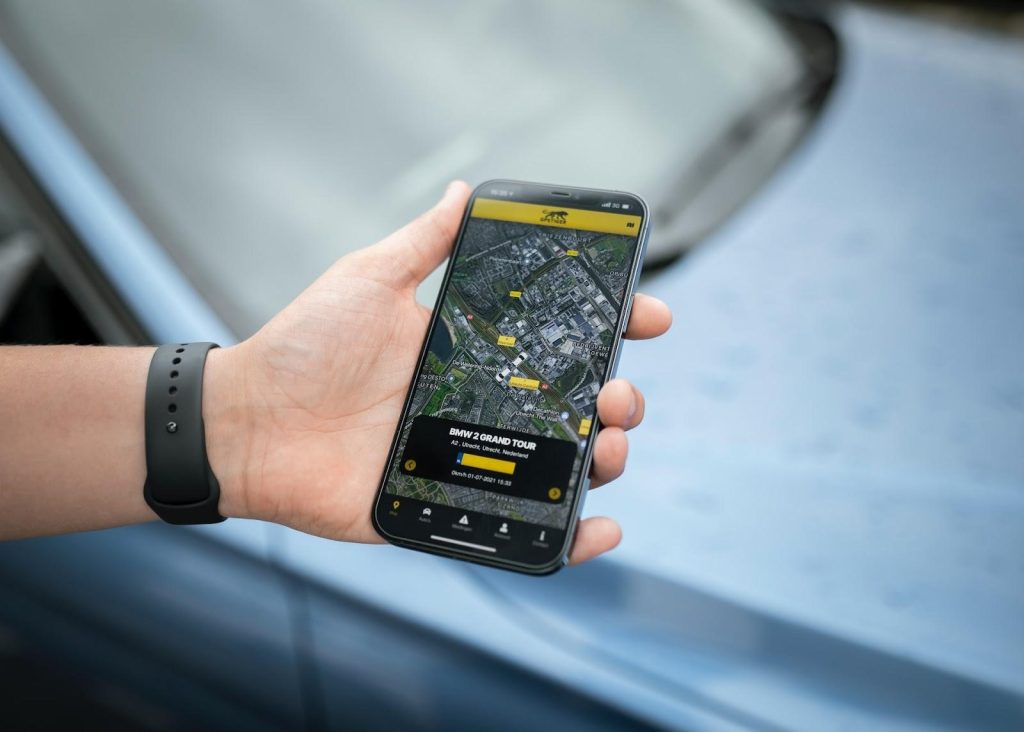In recent years, vehicle tracking systems have become increasingly popular as more and more companies and individuals want to monitor the movements of their vehicles for security and efficient logistics. However, choosing the right tracking system can be complicated, especially for beginners.
Vehicle tracking systems give you peace of mind and save you a lot of money. It provides real-time updates about the vehicle’s location, made possible by modern technologies such as satellites, signals, and a tracking device.
With so many vehicle tracking devices on the market, it can be difficult to figure out which tracking system for a vehicle best fits your needs. Luckily, here’s what you should know before investing in a vehicle tracking system.

What is GPS Vehicle Tracking and How Does It Work?
GPS vehicle tracking has software that collects data on the vehicle’s location, whether stationary or moving. The next step is for the vehicle’s GPS tracker to send satellite signals to a receiver, which reads the signal and accurately tracks the vehicle’s location.
As a result, the GPS tracking system for vehicle like Ramtracking provides a range of benefits to fleet managers and businesses, including real-time tracking of the exact location of all vehicles in the fleet, reducing the risk of theft, and ensuring driver accountability.
End-to-end fleet tracking solutions enable fleet managers to monitor their fleet’s performance, improve driver behavior, and increase productivity. With the ability to track live locations, trip distances, traveling speed, and driving behavior, fleet managers make informed decisions to reduce maintenance costs, optimize route planning, and improve their overall operation.
Types of Vehicle Tracking
When choosing a GPS tracking device, selecting one that best suits your business’s needs is essential. Active tracking or two-way GPS is a tracking system that sends information to central tracking portals as it happens. That provides real-time updates and information on the whereabouts of people and vehicles.
On the other hand, passive tracking stores information within the device, logs data on where the device has been, and stores the data internally or on a memory card.
Installation and Maintenance of Tracking Systems for Vehicles

Professional installation is recommended when investing in a vehicle tracking device. Trained technicians install the device in a discreet location to prevent it from being easily removed by suspecting parties.
Once the installation is complete, downloading the relevant app enables on-the-go monitoring and tracking. Regular maintenance ensures the device functions correctly and provides the most accurate and up-to-date information.
Factors to Consider When Installing GPS Devices
Here are some important tips to keep in mind while installing a GPS device:
- Determine the Power Source: Most GPS devices come with a dedicated battery. However, connecting the device to the car battery with wires is better for frequent location updates. Alternatively, you can opt for an OBD GPS device that can be easily plugged into the OBD port.
- Choose the Right Location: When choosing a location for the GPS tracking device, consider places that are not easily discovered, such as inside the seat cushion, under the dashboard, under the carriage, in the front or rear bumper, or even behind the back seat. Whichever place you choose, ensure the device’s antenna is unobstructed and not covered by metal that may interfere with the signals.
- Protect from Extreme Temperatures: The GPS tracking device should be kept away from hot areas like the front grill of the car bumper or under the hood. Encase the device in a moisture-resistant, sturdy, and magnetic-resistant box to protect it in all weather and road conditions.
5 Tips for a Successful Implementation of a Vehicle Tracking Solution

Implementing a vehicle tracking system may seem simple, but achieving true ROI requires careful research, planning, and implementation. Follow these five tips to successfully implement a vehicle tracking solution.
- Explain the Need for a Vehicle Tracking System
Before introducing a vehicle tracking system to your team, defining your business goals, setting expectations, and understanding how the software can improve productivity and efficiency are crucial. The research enables you to present a clear and compelling case for implementing a vehicle tracking system.
- Educate Your Employees
Educate your team about vehicle tracking technology and its benefits to ensure a smooth transition. Some employees may hesitate to adopt new technology, so providing data on how other businesses have successfully optimized their fleet operations can help build confidence and support.
- Get Employee Buy-In
Adopting new technology can be challenging, particularly for employees lacking tech savviness or not seeing the benefits. Therefore, highlighting the features and benefits of vehicle tracking software, such as increased safety, automation, and improved productivity, motivate employees to embrace the change.
- Create an Onboarding Program
To ensure optimal user experience, create a clear strategy to train your team on using the software. Consider partnering with vehicle tracking providers that offer training and other professional services to support your team during the implementation phase.
- Expect to Learn and Adapt
After implementation, the discovery phase begins. The team will learn to use the data and features to change the operational fleet. Drivers will learn to use in-vehicle devices and integrate them into their daily workflow. Ultimately, embracing these changes will lead to stronger outcomes and ROI for your team.
Conclusion
GPS vehicle tracking technology provides a range of benefits to fleet managers, business owners, and ordinary motorists. Real-time vehicle tracking provides valuable information on the vehicle’s location, driving behavior, and events surrounding the vehicle.
With professional installation and regular maintenance, GPS vehicle tracking technology can help you take control of your vehicles and achieve business success. Therefore, in that case, choose the right location, protect the device, and use the available features for smoother operations and enhanced profitability.
